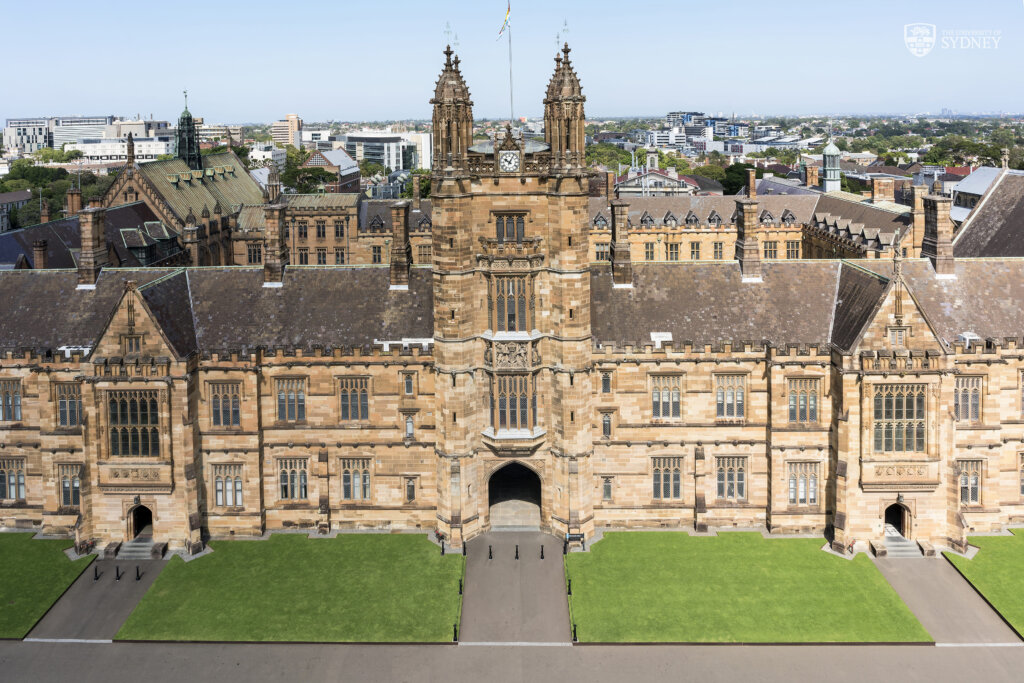Are you looking to pursue a master’s programme abroad but are confused about the universities to which you should apply? Technical degrees like those earned while studying medicine, architecture, law and engineering are four-year courses, so these applicants meet most university requirements by default.
However, as most Indian liberal arts, social science and business applicants graduate with a 15-year (12+3) bachelor’s degree and the standard condition for North American universities is 16 (12+4) years of study, navigating this tricky scenario can be daunting for most. At this stage, an applicant who does not know of the options available might give up on his dream of seeking a postgraduate degree in the US.
Top-ranking North American universities and three-year bachelor’s programmes
Our experience states that North American universities acknowledge this situation and have set up systems to allow Indian students to apply to their programmes. Reputed institutions such as Columbia University, Carnegie Mellon University and Northwestern University, among others, accept a three-year bachelor’s degree for certain programmes under specific conditions. The programme criteria and details can usually be found on the university websites under admissions requirements.
The United Kingdom, Australia and Singapore, among others, offer a three-year undergraduate degree which is considered rigorous and acceptable in the US and Canada. Indian programmes, though of a similar duration, are not consistently recognised as equivalent to US or UK programmes. Determining the degree’s suitability can prove to be a challenge. In this situation, an Indian graduate can apply to countries that accept three-year bachelor’s programmes like the UK and Australia.
But, if that is not an option for you, there is still a way out:
- You can research if the North American university of your choice has any unique conditions for international students. Sometimes, you might encounter a university, such as the University of Wisconsin, that offers a list of recognised universities where the three-year undergraduate degree is considered equivalent to a four-year undergraduate course after strategic evaluation. To understand this evaluation concept, suppose that you studied in an institution accredited by the Indian National Assessment and Accreditation Council (NAAC) (letter grade of ‘A’ or above) and secured a Division I (60-75 per cent) or higher.
- Then, if you wish to apply to a university in the US, you can have your mark sheets evaluated by the World Education Services (WES) to ascertain their rigour. WES is a third-party credit evaluation company recognised by almost all universities in North America. The WES evaluation process assesses the course curriculum, academic standing and your GPA and declares a comparative ranking. Once you have that, you can check for yourself if your GPA qualifies for application to the North American programme of choice.
Usually, a bachelor’s degree earned with an ‘honours’ specification indicates a rigorous college curriculum. The London School of Economics and Political Science, Delhi University and the University of Mumbai are examples of institutions that offer honours programmes. As a rule of thumb, if the intended college does not mention a 16th-year requirement or is unclear on eligibility, you should write to them to confirm the conditions and their WES acceptance.
What happens if a master’s programme requires 16 years of study?
If your choice of course and college requires a four-year undergraduate degree without exception, then the easiest way is to apply for a one-year postgraduate diploma course in India to meet the requirement. A few colleges have a one-year diploma programme to provide you with the necessary qualifications and benefit your learning curve. For example, the postgraduate degree in finance or data analytics from BITS Pilani are excellent refresher courses that can set the stage for your master’s studies. A postgraduate degree programme approved by the AICTE, like the NMIMS’s Programmes in marketing or financial management or a state university-taught course like applied statistics from the University of Mumbai, can also help you meet eligibility requirements and be relevant academically. Alternatively, you can also enrol in a full-time master’s programme–usually two years in India and decide to go abroad after completing the first year.
Students applying to programmes in social sciences, management and communication can choose to study the master’s course for only one year. For those applying for a master’s in pure or allied sciences, such as biological sciences, math, physics, or psychology, it is recommended to complete the two years before applying since the research component of the profile will be weak and might affect the admission outcome.
Whether you finish your undergraduate degree in three or four years, nothing should stop you from setting your sights on your dream college in your preferred country. With planning and foresight, you can chalk out a practical road map for yourself and fulfil your academic desires in the best manner possible. If you still find yourself standing at the crossroads of which country to consider or how to go about the application process, get in touch with us for further assistance.





